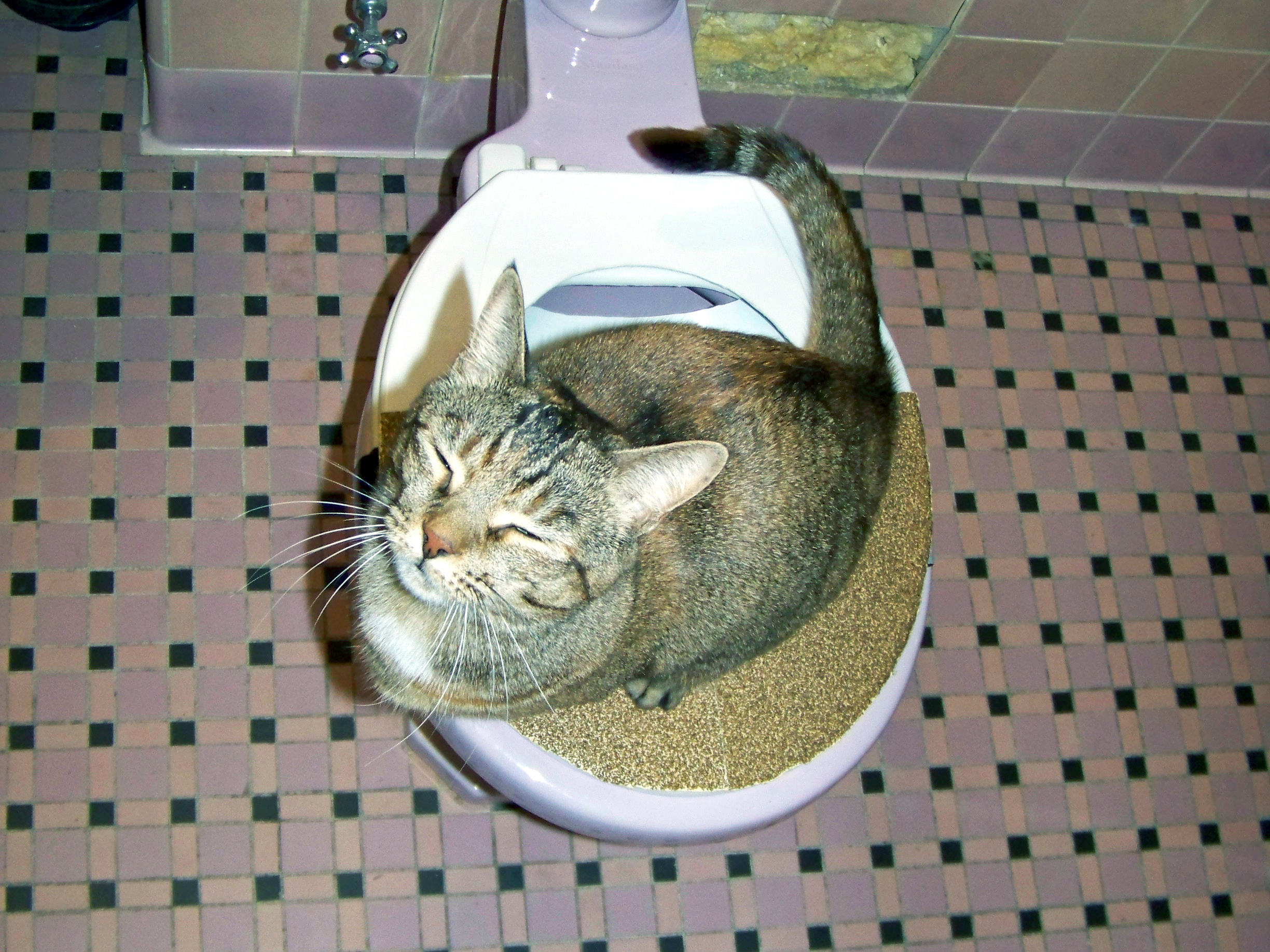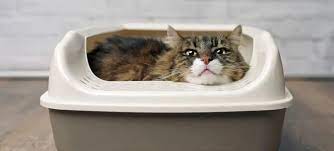My Implications of Flushing Animal Waste Down the Toilet
My Implications of Flushing Animal Waste Down the Toilet
Blog Article
This article down the page involving Should you flush animal waste down the toilet is seriously stimulating. You should look it over.

When it involves throwing away waste, particularly animal waste, many people frequently consider the convenient option of flushing it down the commode. However, this relatively easy solution can have serious repercussions for the atmosphere and public health. In this article, we'll explore why flushing pet waste down the bathroom is a poor concept and provide alternative methods for correct disposal.
Introduction
Appropriate garbage disposal is critical for keeping ecological sustainability and public health. While it may seem harmless to flush animal waste down the toilet, it can lead to different concerns, both for the setting and human health.
Risks of flushing pet waste
Ecological influence
Purging pet waste presents damaging germs and pathogens right into rivers, which can adversely influence marine communities. These virus can contaminate water resources and injury aquatic life, disrupting delicate environments.
Public health worries
Pet waste consists of hazardous bacteria such as E. coli and Salmonella, which can pose serious health and wellness risks to people. Purging pet waste down the toilet can infect water products, resulting in the spread of diseases and infections.
Alternatives to flushing
Rather than flushing animal waste down the toilet, there are numerous alternative disposal methods that are more environmentally friendly and hygienic.
Composting
Composting animal waste is an environment-friendly way to get rid of it. By composting, raw material is broken down into nutrient-rich dirt, which can be utilized to fertilize gardens and plants.
Landfill disposal
Disposing of animal waste in a garbage dump is one more choice. While not as eco-friendly as composting, it is a more secure option to flushing, as it stops the contamination of water sources.
Pet garbage disposal systems
There are specific family pet waste disposal systems readily available that securely and hygienically dispose of animal waste. These systems commonly make use of enzymes to break down waste and get rid of smells.
Steps to appropriate pet waste disposal
To ensure correct disposal of pet waste, comply with these actions:
Scooping and bagging waste
Consistently scoop and bag pet waste making use of eco-friendly bags. This avoids waste from infecting the setting.
Utilizing marked waste containers
Dispose of bagged animal waste in designated waste bins, such as garden compost bins or garbage dump bins. Prevent flushing it down the toilet in all expenses.
Cleansing litter boxes and family pet areas on a regular basis
Regularly tidy can and pet locations to prevent the accumulation of waste and bacteria. Use pet-safe cleansing items to keep hygiene.
Advantages of correct disposal techniques
Embracing correct disposal techniques for animal waste provides a number of benefits:
Reduced environmental pollution
Proper disposal approaches reduce the risk of environmental pollution, protecting rivers and ecological communities from contamination
Minimized danger of water contamination.
By avoiding flushing pet waste down the toilet, the threat of water contamination is dramatically minimized, securing public health.
Enhanced hygiene and health
Correct disposal approaches promote better sanitation and health, creating a safer setting for both humans and animals.
Verdict
In conclusion, flushing pet waste down the bathroom is unsafe to the environment and public health. By embracing alternative disposal methods and adhering to appropriate waste management methods, we can reduce the adverse influence of pet waste and contribute to a cleaner, much healthier earth.
What To Do With Dog Poo – The Do's And Don'ts Of Disposing Of Faeces
Dog poo bins
Some councils provide dedicated dog waste bins in popular dog-walking areas that can take dog poo that has been bagged but you can legally dispose of dog waste in any public litter bin, as long as it is securely bagged. This also applies to your wheelie bin at home.
Do not flush
Water companies do not recommend flushing dog faeces down the toilet because certain parasites can survive the water processing treatment and are potentially harmful to humans. You should also never consider flushing dog poo that has been bagged down the toilet as the bags will not break down and instead create severe blockages in the sewage system.
In the woods
The Forestry Commission promotes a ‘stick and flick’ method for dealing with waste in the woods. This means finding a stick and using it to flick any poo from off the path so that it is out of the way of other walkers. You could also bury it as long as it is not in an area where there might be livestock.
Livestock
Parasites found in dog poo can be transmitted to livestock if they inadvertently eat infected faeces that has been left on grazing land. This could result in the death of sheep or abortion in cattle so you should always make sure you pick up your dog’s waste in fields where livestock could be present.

Regularly tidy can and pet locations to prevent the accumulation of waste and bacteria. Use pet-safe cleansing items to keep hygiene.
Advantages of correct disposal techniques
Embracing correct disposal techniques for animal waste provides a number of benefits:
Reduced environmental pollution
Proper disposal approaches reduce the risk of environmental pollution, protecting rivers and ecological communities from contamination
Minimized danger of water contamination.
By avoiding flushing pet waste down the toilet, the threat of water contamination is dramatically minimized, securing public health.
Enhanced hygiene and health
Correct disposal approaches promote better sanitation and health, creating a safer setting for both humans and animals.
Verdict
In conclusion, flushing pet waste down the bathroom is unsafe to the environment and public health. By embracing alternative disposal methods and adhering to appropriate waste management methods, we can reduce the adverse influence of pet waste and contribute to a cleaner, much healthier earth.
What To Do With Dog Poo – The Do's And Don'ts Of Disposing Of Faeces
Dog poo bins
Some councils provide dedicated dog waste bins in popular dog-walking areas that can take dog poo that has been bagged but you can legally dispose of dog waste in any public litter bin, as long as it is securely bagged. This also applies to your wheelie bin at home.
Do not flush
Water companies do not recommend flushing dog faeces down the toilet because certain parasites can survive the water processing treatment and are potentially harmful to humans. You should also never consider flushing dog poo that has been bagged down the toilet as the bags will not break down and instead create severe blockages in the sewage system.
In the woods
The Forestry Commission promotes a ‘stick and flick’ method for dealing with waste in the woods. This means finding a stick and using it to flick any poo from off the path so that it is out of the way of other walkers. You could also bury it as long as it is not in an area where there might be livestock.
Livestock
Parasites found in dog poo can be transmitted to livestock if they inadvertently eat infected faeces that has been left on grazing land. This could result in the death of sheep or abortion in cattle so you should always make sure you pick up your dog’s waste in fields where livestock could be present.
I was made aware of that article about Can You Flush Dog and Cat Poo Down the Toilet? from a buddy on a different site. Do you know about anybody else who is truly interested in the niche? Why not promote it. I value reading our article about Can You Flush Dog and Cat Poo Down the Toilet?.
Get Quote Now Report this page